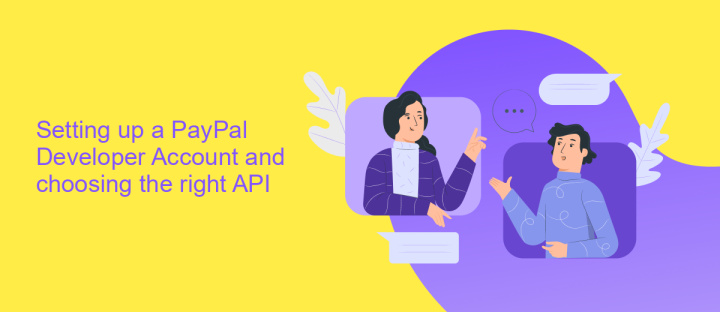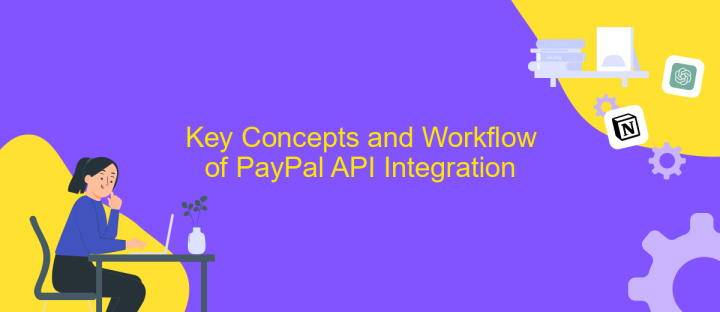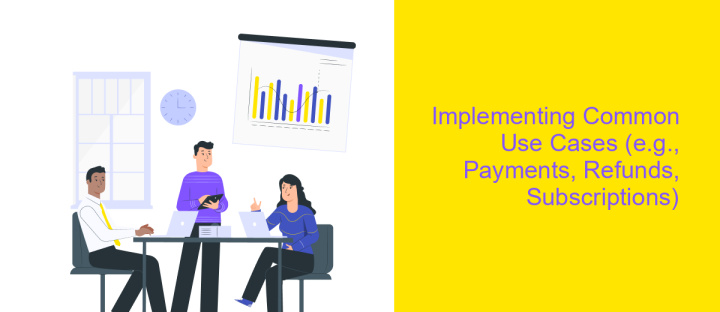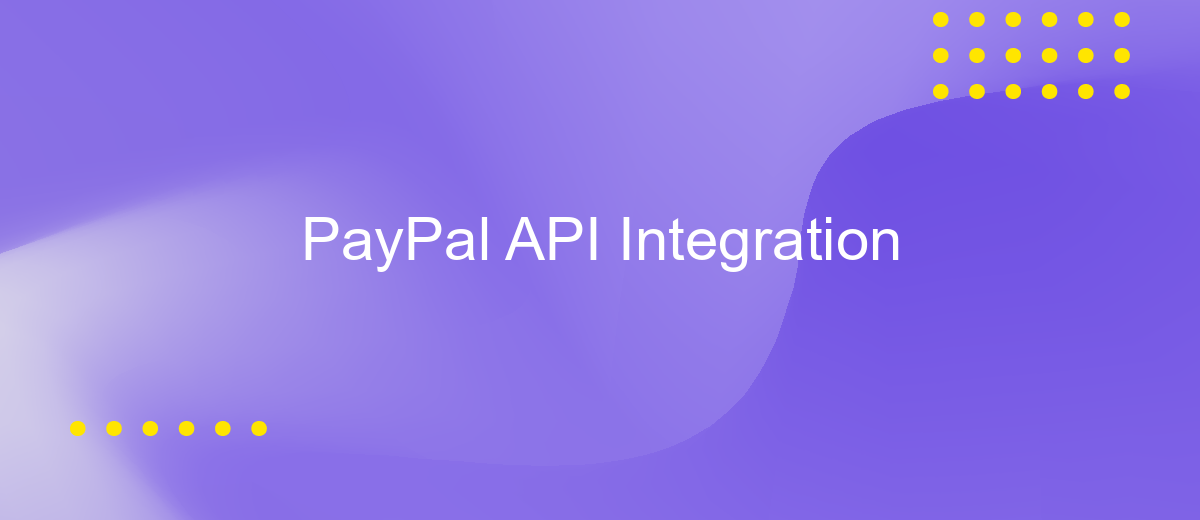PayPal API Integration
Integrating the PayPal API into your application can significantly enhance your online payment capabilities, offering a seamless and secure transaction experience for users. This article provides a comprehensive guide to implementing PayPal's powerful API, covering key features, setup processes, and best practices. Whether you're developing a small business website or a large e-commerce platform, understanding PayPal API integration is essential for optimizing your payment solutions.
Introduction to PayPal API and its benefits
The PayPal API serves as a powerful tool for businesses to streamline their payment processes and enhance their online transaction capabilities. By integrating PayPal's robust API, businesses can offer a seamless payment experience to their customers, enabling secure and efficient transactions. This integration not only simplifies the payment process but also expands the range of payment options available to users, thereby increasing customer satisfaction and retention.
- Secure and reliable payment processing
- Global reach with multiple currency support
- Easy integration with existing systems
- Comprehensive documentation and developer support
- Enhanced customer trust and brand credibility
Utilizing the PayPal API allows businesses to tap into a global network of users and leverage PayPal's trusted reputation. The API's flexibility ensures that it can be tailored to meet the specific needs of different businesses, whether they are small startups or large enterprises. By offering a wide array of features and benefits, the PayPal API empowers businesses to optimize their payment systems and focus on growth and innovation.
Setting up a PayPal Developer Account and choosing the right API

To begin integrating PayPal API, you must first set up a PayPal Developer account. Visit the PayPal Developer Portal and sign up using your existing PayPal credentials or create a new account. Once registered, you will have access to a dashboard where you can create and manage API credentials. These credentials are essential for authenticating your application with PayPal's services. PayPal offers different types of APIs, such as REST APIs and NVP/SOAP APIs. REST APIs are more modern and recommended for new integrations, providing easier implementation and a more robust feature set.
Choosing the right API depends on your specific needs. REST APIs are suitable for most use cases, including handling payments, subscriptions, and invoicing. For seamless integration, consider using services like ApiX-Drive, which can facilitate the connection between your application and PayPal's APIs without extensive coding. This service allows you to automate workflows and integrate multiple applications, streamlining the process and reducing development time. By utilizing ApiX-Drive, you can focus on building your application while ensuring reliable and efficient PayPal API integration.
Key Concepts and Workflow of PayPal API Integration

Integrating PayPal API into your application involves understanding several key concepts and following a structured workflow. The API allows developers to connect their applications to PayPal's payment services, enabling seamless financial transactions. Familiarity with RESTful principles and OAuth 2.0 authentication is crucial, as these form the backbone of PayPal API communication. Additionally, understanding endpoints, requests, and responses is essential to effectively interact with PayPal’s services.
- Register your application on the PayPal Developer Portal to obtain API credentials.
- Set up the environment to use either the Sandbox for testing or Live for production.
- Authenticate API requests using OAuth 2.0 to ensure secure transactions.
- Implement payment creation and execution processes, handling various payment methods.
- Manage webhooks to receive real-time notifications about transaction events.
By following this workflow, developers can efficiently integrate PayPal's robust payment solutions into their applications. This integration not only enhances the user experience by offering secure and reliable payment options but also expands the business's reach by supporting multiple currencies and payment methods. Understanding these key concepts and workflow ensures a smooth and effective PayPal API integration process.
Implementing Common Use Cases (e.g., Payments, Refunds, Subscriptions)

Integrating PayPal API into your application allows you to manage various financial transactions with ease. One of the most common use cases is processing payments, where you can securely accept funds from customers through their PayPal accounts or credit cards. This not only enhances the user experience but also expands your customer base.
Another frequent use case is handling refunds. With the PayPal API, you can automate the refund process, ensuring that customers receive their money back quickly and efficiently. This capability is crucial for maintaining customer trust and satisfaction, especially in e-commerce environments.
- Payments: Seamlessly process transactions using PayPal or credit card options.
- Refunds: Automate refund processes to enhance customer service.
- Subscriptions: Manage recurring payments for subscription-based services.
Lastly, managing subscriptions is vital for businesses offering recurring services. PayPal API provides tools to set up, modify, and cancel subscriptions, allowing you to efficiently handle billing cycles and customer accounts. By leveraging these features, you can streamline operations and focus on growing your business.


Testing, Security, and Best Practices for PayPal Integration
Testing your PayPal API integration is crucial to ensure smooth transactions and user satisfaction. Begin by utilizing PayPal's sandbox environment, which allows you to simulate transactions without real money. This testing phase should cover all possible scenarios, including successful payments, cancellations, and error handling. Additionally, consider using tools like ApiX-Drive to streamline integration processes and automate testing workflows, providing a more efficient and reliable setup.
Security is paramount when handling financial transactions. Ensure that your integration complies with PayPal's security guidelines, such as using secure connections (HTTPS) and implementing IPN (Instant Payment Notification) for real-time payment updates. Regularly update your API credentials and monitor for any suspicious activities. Best practices also include maintaining clear documentation, which can aid in troubleshooting and future updates. By adhering to these standards, you not only protect your business but also build trust with your customers, ensuring a seamless and secure payment experience.
FAQ
How do I start integrating PayPal API into my application?
What are the authentication methods available for PayPal API?
Can I test my PayPal API integration before going live?
How can I handle webhooks with PayPal API?
Is there a way to automate PayPal API integration without extensive coding?
Time is the most valuable resource for business today. Almost half of it is wasted on routine tasks. Your employees are constantly forced to perform monotonous tasks that are difficult to classify as important and specialized. You can leave everything as it is by hiring additional employees, or you can automate most of the business processes using the ApiX-Drive online connector to get rid of unnecessary time and money expenses once and for all. The choice is yours!

